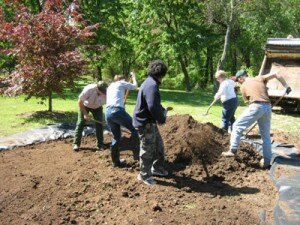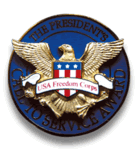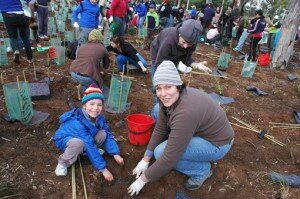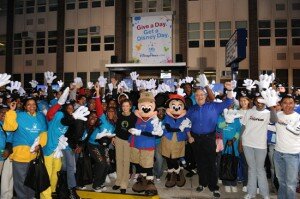 Are you a recent graduate looking for a new job? Maybe you are someone who is looking a for a new career path to develop some skills? Volunteering is the best outlet possible to do all of these things!
Are you a recent graduate looking for a new job? Maybe you are someone who is looking a for a new career path to develop some skills? Volunteering is the best outlet possible to do all of these things!
Why? Volunteer work benefits your professional goals because it allows you to acquire new skills that your professional degree may not allow you to develop otherwise. Volunteer work is also a great way to cram the gaps in your work history.
Win-win situation, right? Not only do you help your community, but you also boost your personal life! Check out how volunteering can help boost your professional skills below!
Assertiveness: You can develop your assertive skills by serving as a fundraiser soliciting pledges or support. Recruit others to support an organization or cause.
Budget management: Plan or chair events with a budget. Volunteer for a board position with financial responsibility. Volunteering to be in charge of an organization’s budget will greatly help you in the financial world!
Change management/ strategic awareness: To develop this professional skill participate on an organization’s board or advisory council, participate in a focus group, or help write a group’s vision.
organization’s board or advisory council, participate in a focus group, or help write a group’s vision.
Computer skills: Computer skills are a necessity for most professional jobs. To increase your skill set develop an organization’s database or provide data entry for a group or project.
Conflict resolution: To hone in your conflict resolution skills serve on a board, manage a function or event, or serve as a subcommittee chairman.
Cultural awareness: To become more culturally aware, become a tutor or mentor, or volunteer in an activity that works closely with people unlike yourself. IT is important to expose yourself to all types of people to better develop this skill. Make this a habit and not a one time occurrence.
Creativity: In order to develop your creative skills you will need to step out of the box a little bit. Try volunteering at a children’s arts and crafts project or volunteer to paint a school mural.
Delegating: Want to get better at delegating tasks? Try chairing a committee or assuming a leadership role within an organization such as becoming a volunteer manager.
Event planning: You can become a bigger pro at event planning by coordinating volunteers or sitting on a committee for a big event.
Leadership: Leadership skills are big eye catchers on a resume. To develop your skills serve on a chairman board, be a spokesperson for an event or organization, or volunteer as a mentor to a young community member.
Organizational skills: Need to get more organized in the workplace? Volunteer to sort donations, provide clerical services, or plan an event.
Problem-solving: Problem-solving skills are a must! Better engage your skills by being an on-site manager for a big event or be a project leader.
By adding volunteer experience to your resume you will start building up that skill section in no time! Whether you are unemployed or looking to start down a new career path, it is always great to volunteer in your free time!
How has volunteering boosted your resume? We would love to hear your stories in the comments section below!

 At
At  the money should go, and designate supporting roles.
the money should go, and designate supporting roles.
 Today’s post comes from Gregg Michaelsen, Fundraising Consultant at Simple Fundraising Ideas. Gregg specializes in providing
Today’s post comes from Gregg Michaelsen, Fundraising Consultant at Simple Fundraising Ideas. Gregg specializes in providing  banner in the fundraiser’s venue with the restaurant’s information on it.
banner in the fundraiser’s venue with the restaurant’s information on it. April is a day to get involved in raising awareness. Why? Today is
April is a day to get involved in raising awareness. Why? Today is  making a difference are
making a difference are  When others ask you about it you can tell them to help show support for the cause.
When others ask you about it you can tell them to help show support for the cause.






 volunteer to do something you wouldn’t normally do.
volunteer to do something you wouldn’t normally do.



 or television stations
or television stations


